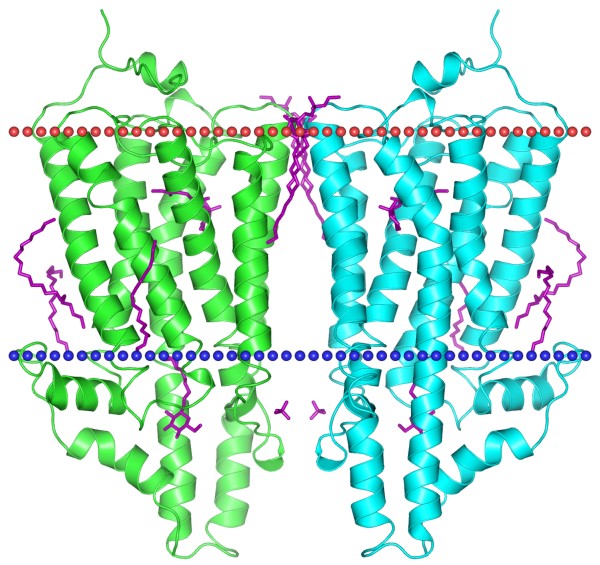Creative Biostructure can offer tailored Mempro™ plant-based rhodopsin-like receptors and pumps production services. Our plant-derived expression system can best preserve the native conformation of rhodopsin-like receptors and pumps.
We have established the Mempro™ plant-based protein production platform to provide animal-free, low endotoxin, and low protease activity membrane proteins. Animal-free recombinant membrane proteins are particularly crucial for customers concerned with experimental variables caused by trace animal components or mammalian pathogens. Notably, membrane proteins expressed by plant system are free of animal components, serum, endotoxins and antibiotics as well as human or animal infectious agents or other endogenous mammalian contamination. In addition, post-translational modification such as glycosylation and disulfide bonds can be introduced in plant system.
Creative Biostructure can offer membrane protein production services based on various types of plants, such as Nicotiana benthamiana (tobacco), Medicago rativa (alfalfa), Arabidopsis thaliana (A. thaliana), potato, maize, barley and lettuce. The significant advantages of plant-based membrane protein production are listed below:
- Cost-effective
- Easy storage and distribution (barley grains containing desired recombinant proteins can be stored for many years)
- Environment friendly (plants are cultivated in greenhouses)
- Free of infectious or toxic contaminants
- High yield
- High scale-up capability
Rhodopsin-like receptors and pumps are a family of proteins that consist of the largest group of GPCRs. The rhodopsin-like receptors and pumps transduce extracellular signals through interacting with guanine nucleotide-binding proteins (G-proteins). Although their activating ligands are variable in structure and character, the amino acid sequences of the receptors or pumps are very similar and are believed to adopt a common structural framework comprising seven transmembrane helices.

Figure 1. The structural model of squid rhodopsin. (OPM Database)
With the Mempro™ plant-based membrane protein production platform, Creative Biostructure is capable of expressing, isolating, purifying and crystallizing rhodopsin-like receptors and pumps to facilitate the study of their biological functions. Misfolding, aggregation, inactivity, poor stability and solubility, etc. are the common difficulties encountered in cell-based expression system. Strikingly, these difficulties can be bypassed in the renewed plant-based expression system.
Creative Biostructure can also provide Mempro™ plant-based virus-like particles (VLPs) production services. Please feel free to contact us for a detailed quote.
References:
A. Wiktorek-Smagur, et al. (2012). Green way of biomedicine – how to force plants to produce new important proteins. Transgenic Plants-Advances and Limitations, Chapter 3. doi: 10.5772/1409.
F. Junge, et al. (2008) Large-scale production of functional membrane proteins. Cellular and molecular life sciences, 65 (11): 1729-1755.
K. Palczewski, et al. (2000). Crystal structure of rhodopsin: A G protein-coupled receptor. Science, 289 (5480): 739–745.
